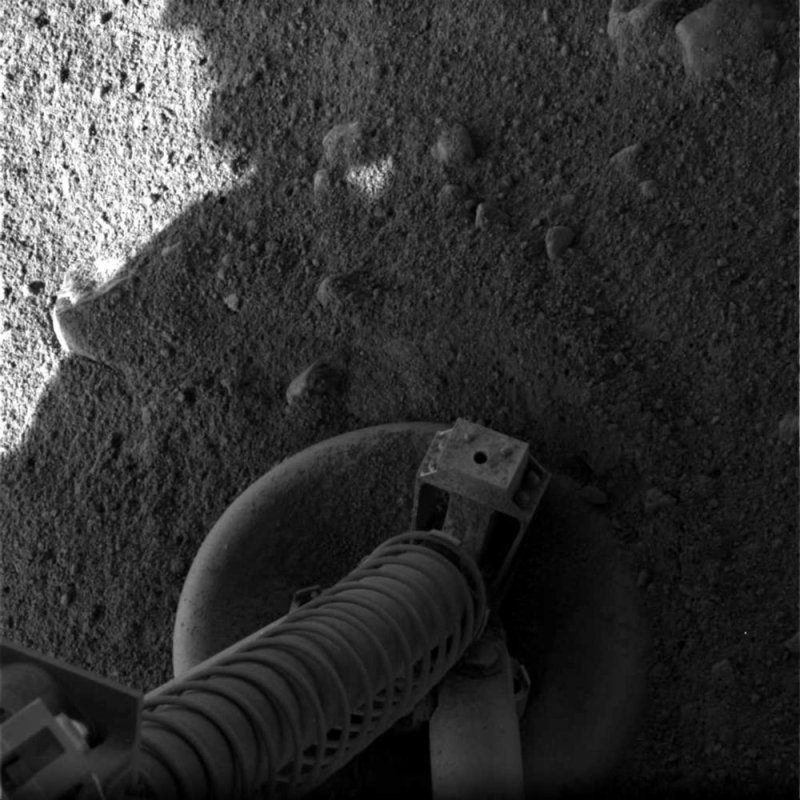WASHINGTON, June 26 (UPI) -- The U.S. space agency's Phoenix Mars Lander has placed a sample of Martian soil into its wet chemistry laboratory for the first time.
National Aeronautics and Space Administration scientists said results from that instrument, part of Phoenix's Microscopy, Electrochemistry and Conductivity Analyzer, are expected to provide the first measurement of the acidity or alkalinity of Martian soil. That will help researchers determine whether ice beneath the soil ever has melted, and whether the soil has other qualities favorable for life, NASA said.















